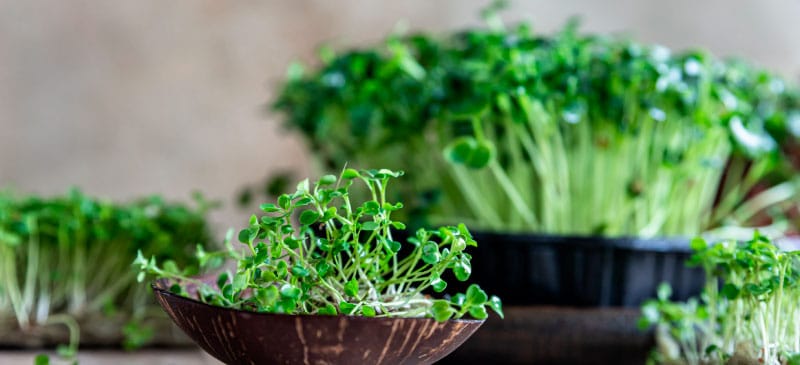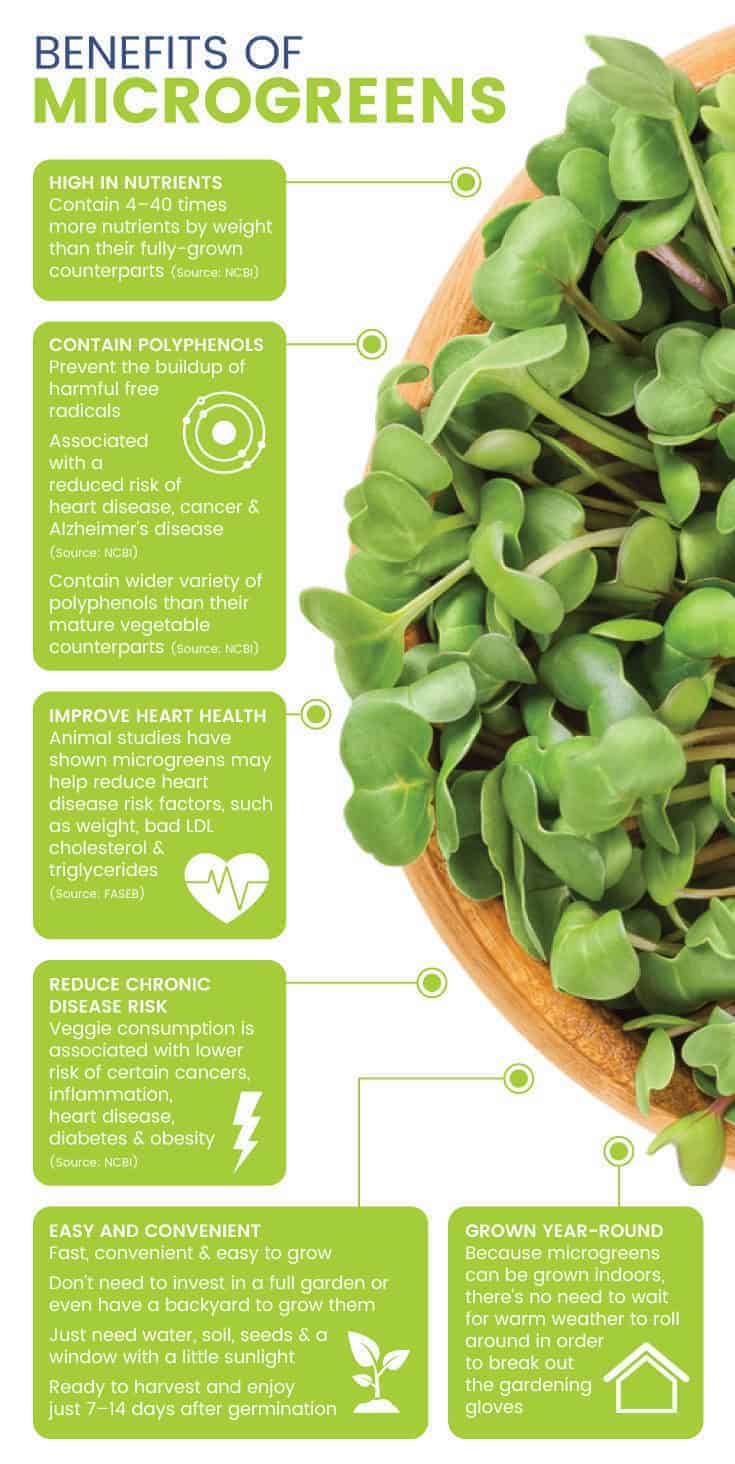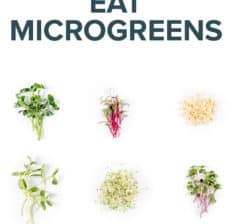This Dr. Axe content is medically reviewed or fact checked to ensure factually accurate information.
With strict editorial sourcing guidelines, we only link to academic research institutions, reputable media sites and, when research is available, medically peer-reviewed studies. Note that the numbers in parentheses (1, 2, etc.) are clickable links to these studies.
The information in our articles is NOT intended to replace a one-on-one relationship with a qualified health care professional and is not intended as medical advice.
This article is based on scientific evidence, written by experts and fact checked by our trained editorial staff. Note that the numbers in parentheses (1, 2, etc.) are clickable links to medically peer-reviewed studies.
Our team includes licensed nutritionists and dietitians, certified health education specialists, as well as certified strength and conditioning specialists, personal trainers and corrective exercise specialists. Our team aims to be not only thorough with its research, but also objective and unbiased.
The information in our articles is NOT intended to replace a one-on-one relationship with a qualified health care professional and is not intended as medical advice.
Do Microgreens Have Same Effect as Mature Veggies? (Plus Nutrition, Benefits, How to Grow)
August 25, 2023

These tiny greens have cropped up just about everywhere lately and have become a staple garnish thanks to their unique color and flavor. However, microgreens have so much more to offer than simply adding a pop of color to the plate.
In fact, research shows these mini greens pack in a major punch when it comes to nutrition and contain even more vitamins, minerals and antioxidants than their full-sized counterparts. Not only that, but animal research from 2023 even found that microgreens potentially can work similarly as mature vegetables in limiting weight growth.
Best of all, growing microgreens is quick, easy and convenient, regardless of your amount of experience in the garden. In fact, they’re so easy to grow and high in nutrients that they’re used to feed astronauts and space mission crew members.
Thanks to the ease and convenience offered by growing microgreens, farmers and amateur gardeners alike can take advantage of the intense flavor and health benefits of these nutritious greens.
What Are Microgreens?
Microgreens are made from greens that have been harvested before maturation, just seven to 14 days after germination.
The result is a much smaller green, typically between one to three inches tall, with a more intense flavor and highly concentrated nutrient profile. All of the vitamins and minerals you’d find naturally in the full-grown plant or herb are packed into these tiny versions.
This means that just adding a small amount to salads, dips or smoothies can instantly boost the nutritional value.
These tiny greens should not be confused with sprouts. This involves sprouting seeds by soaking them in water to germinate.
Although uncommon, sprouts have a higher risk of carrying bacteria that can cause foodborne illness.
Microgreens are a popular choice for farmers and novice growers alike. This is because they can be produced quickly, are cost-effective and can be grown year-round.
They’re also perfect for apartment dwellers and those with limited space, as they can be grown anywhere a sunny windowsill is found.
These tiny greens can come from just about any type of vegetable or herb, making them an incredibly versatile dietary addition.
Although most often used as a garnish to add a splash of color to the plate, they can also take center stage as a main ingredient in dishes like salads.
Types and Nutrition Facts
There is a huge variety of microgreens available, ranging from different kinds of vegetables to even some types of herbs. Some of the most popular types of microgreens include:
- Arugula
- Chives
- Mizuna
- Chard
- Cabbage
- Beets
- Cilantro
- Mint
- Garden cress
- Sunflower
- Kale
- Parsley
- Dill
- Orach
- Carrots
- Celery
- Basil
- Chia
- Mustard greens
- Fennel
- Amaranth
- Radish
- Watercress
- Broccoli
- Radish
Benefits
1. High in Nutrients
Microgreens are much more nutrient-dense foods than their fully mature counterparts. This is because they take all of the important vitamins and minerals found in the mature plant and manage to cram them into a much smaller package, making them function foods.
Most vegetables provide a diverse array of nutrients. Swiss chard, for example, is especially high in vitamin K, vitamin A and vitamin C, while beets are loaded with manganese and folate.
The microgreen versions of these vegetables boast just as varied a nutrient profile and can help boost your vitamin and mineral intake quickly and easily.
In a study published in the Journal of Agricultural and Food Chemistry, microgreens contained between four to 40 times more nutrients by weight than their fully grown counterparts.
This means that including just a few servings of microgreens into your diet alongside plenty of other fruits and vegetables can ensure you’re getting the nutrients you need to maintain optimal health.
2. Contain Polyphenols
Polyphenols are important natural chemicals found in many foods and contain powerful antioxidant properties. Antioxidants help prevent the buildup of harmful free radicals, which are highly reactive compounds that form in the body that can cause damage to cells as well as chronic disease.
Research suggests polyphenols have been associated with a reduced risk of heart disease, cancer and Alzheimer’s disease.
Most vegetables are high in health-promoting polyphenols. Some studies have also found that the microgreen versions of these vegetables are similarly high in polyphenols.
A 2013 study out of Maryland measured the amount of polyphenols in five microgreens from the Brassica family of vegetables, including red cabbage, purple kohlrabi, mizuna, and red and purple mustard greens.
Not only were the microgreens found to be good sources of polyphenols, but they actually contained a wider variety of polyphenols than their mature vegetable counterparts.
In addition to microgreens and mature vegetables, other rich sources of polyphenols include fruit, tea, coffee and even chocolate.
3. Improve Heart Health
Statistics show that heart disease is the leading cause of death. Making dietary modifications is one of the easiest and most effective ways to prevent coronary heart disease and maintain heart health.
Studies show that eating more vegetables is associated with reduced heart disease risk factors and a lower risk of heart disease. Some studies have also found that including microgreens in your diet could help decrease certain heart disease risk factors.
One animal study fed rats a high-fat diet supplemented with red cabbage microgreens. The microgreens reduced weight gain by 17 percent, slashed bad LDL cholesterol by 34 percent and cut triglycerides by 23 percent.
Coupled with a balanced diet, healthy lifestyle and regular physical activity, incorporating a serving or two of microgreens into your day could help keep your heart strong and healthy.

4. Reduce Chronic Disease Risk
The health benefits of vegetables have been extensively studied. Thanks to their impressive nutrient and polyphenol profiles, eating vegetables has been shown to reduce the risk of certain types of chronic disease, and the same is true of microgreens.
One review found vegetable intake was associated with a lower risk of several types of cancer, including prostate cancer and cancers affecting the digestive tract.
Increased vegetable intake has also been linked with lower inflammation and a reduced risk of heart disease, type 2 diabetes and obesity.
Because microgreens boast a similar but enhanced nutrient profile to full-sized vegetables and an even higher amount of polyphenols, they may also carry the same disease-busting benefits.
5. Easy and Convenient
If you haven’t quite developed your green thumb yet, microgreens may be a great fit to help get you going. Many novice growers enjoy growing microgreens because they are fast, convenient and easy to grow.
In fact, you don’t need to invest in a full garden or even have a backyard to take advantage of these flavorful greens.
If you have water, soil, seeds and a window with a little sunlight, you’ve got what it takes to start up your own microgreen mini garden. Best of all, these greens are the perfect fit for the impatient gardener.
Wait time is minimal as these plants are ready to harvest and enjoy just seven to 14 days after germination.
6. Grown Year-Round
In addition to being incredibly convenient, you can also enjoy your microgreens year-round and from just about anywhere. Because microgreens can be grown indoors, there’s no need to wait for warm weather to roll around in order to break out the gardening gloves.
In the summer, placing your microgreens anywhere with natural sunlight will suffice. In seasons or environments where sun exposure may be limited, using an inexpensive grow light can help your plants thrive year-round.
7. Can Help With Weight Management
We already know veggies are low in calories and high in fiber, which makes them great for managing weight. Animal research confirmed microgreens can help with weight management as well, unsurprisingly.
For instance, broccoli microgreen juice was found to lower “body weight by enhancing insulin sensitivity and modulating gut microbiota” in obese mice.
Another study presented at the American Chemical Society’s 2023 fall meeting (which took place in August) examined the effects of both mature and the micro versions of red cabbage and kale on mice fed a high-fat diet. Researchers found that the microgreens and mature cruciferous vegetables effectively limited weight gain.
Are They Safe?
For most people, microgreens can be safely consumed with no risks or adverse side effects. However, microgreens can come from a wide range of vegetables and herbs.
If you have an allergy to a specific vegetable or herb or develop an allergic reaction after consumption, discontinue use immediately, and talk to your doctor.
Many types may be high in vitamin K, an essential vitamin involved in blood clotting. If you are taking Warfarin or another blood-thinning medication, it’s important to maintain consistent intake of vitamin K to avoid interfering with your medications.
How to Eat Them
Microgreens are easy to grow and can thrive just about anywhere. However, if you’re pressed for time, microgreens are becoming increasingly available at many grocery stores and farmers markets.
In addition to selling individual types, many retailers also sell mixed packs that can be especially useful if you’re looking to experiment or try out several different kinds to find what you like best.
You can use these versatile greens just about anywhere you would use regular leafy greens. They make an excellent garnish for enhancing the flavor, nutritional value and color of dishes but can also be used in salads, wraps, sandwiches and more.
Keep in mind they tend to have relatively short shelf lives, so it’s best to use them within a few days of harvest if possible.
If you’re looking for ideas of how to eat microgreens, here are some easy recipes you can try:
- Chipotle Lentil Tacos with Avocado and Microgreens
- Microgreens with Strawberry-Lime Vinaigrette
- Cauliflower Avocado Microgreen Salad with Roasted Garlic Cashew Cream
How to Grow
Ready to take advantage of the numerous health benefits and versatility offered by microgreens?
Growing microgreens is easy and requires minimal experience, tools and equipment. If you’re ready to get started, here’s how to grow microgreens:
- If you’re growing indoors, you should start by spreading about an inch of potting soil in a shallow tray. For outdoor use, designate and clear out a small section of your garden.
- Next, distribute microgreen seeds evenly over soil. Keep in mind that since these plants will be harvested before reaching maturity, you can place them closer together than you would if you were growing them to their full size.
- Cover seeds with soil, and use a spray bottle to mist the top of the soil with water.
- If growing indoors, place your shallow tray by a window with natural light or underneath a grow light. You can also use a warming mat to speed up plant growth, but it’s not necessary.
- Mist soil with clean water a few times daily to help plants germinate and stay hydrated.
- Once microgreens have reached one to three inches tall, they can be harvested by cutting greens above soil line. This is usually between seven to 14 days after germination, though it can vary based on the type of plant.
- When you’re ready to plant another batch, either remove roots, or simply dump the tray entirely and restart with fresh soil.
Final Thoughts
- Microgreens are versatile, healthy and easy to grow.
- They contain a higher amount of vitamins, minerals and polyphenols than their fully mature counterparts and have even been associated with improved heart health and a decreased risk of chronic disease.
- These tiny greens can be grown just about anywhere year-round and can be added to a wide array of dishes, making them an excellent dietary addition.



